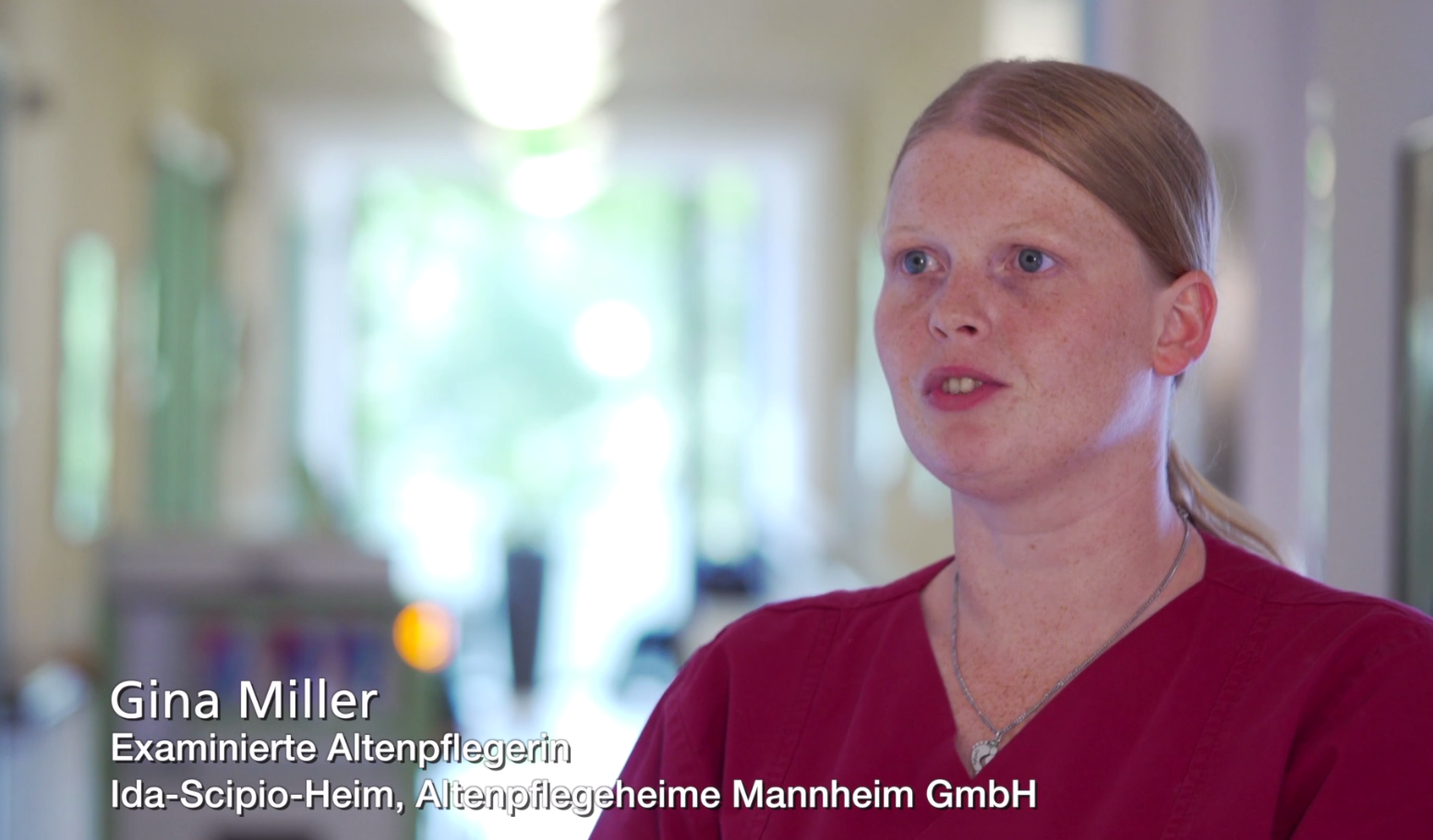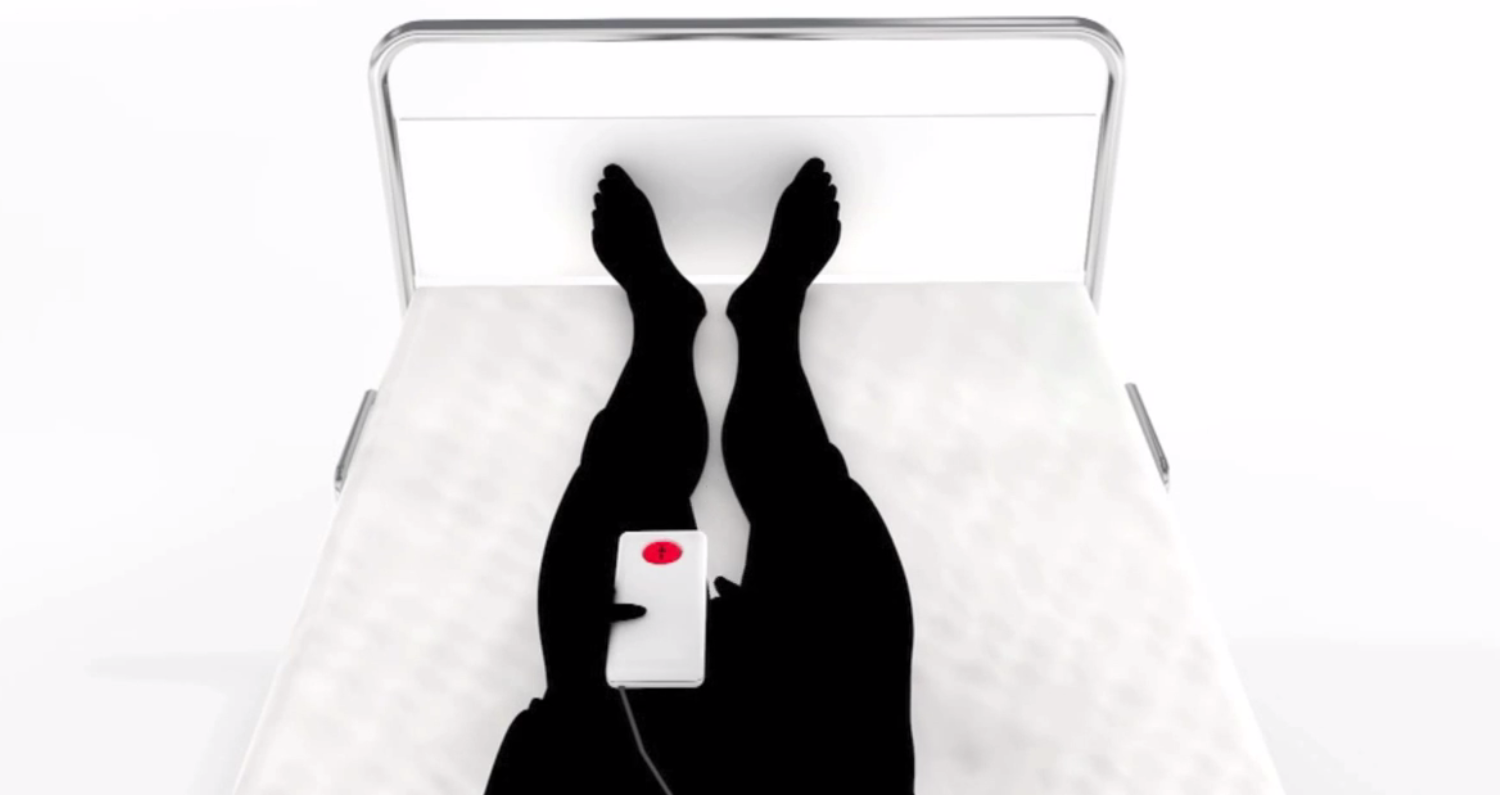
SeRoDi - Service Robotics for Personal Services

In short
In the SeRoDi project, Fraunhofer IPA collaborated with other research and application partners to develop new service robotics solutions for the nursing sector. The resulting robots, the “intelligent care cart” and the “robotic service assistant”, were used in extensive real-world trials in a hospital and at two care homes. This enabled the project partners to confirm the benefits of the robots for reducing the workload of staff.
In detail
Based on detailed analyses of nursing practice, the project partners developed an intelligent care cart that can autonomously navigate to where it is needed and even use the elevator to get there. The nursing staff can summon it via smartphone. Thanks to object recognition software, the care cart recognizes removed medical supplies and automatically documents their consumption. Its modular design allows it to be adapted to different application scenarios and practical requirements. While it provided laundry items for use in the care homes, it was stocked with wound treatment materials in the hospital.
In addition to the care cart, the robotic service assistant is a further result of the SeRoDi project. The mobile robot can be stocked with drinks or snacks and offer them to patients or residents. The aim here is also to reduce the burden on staff and to increase residents' fluid intake through regular reminders. At the same time, the use of robots can also promote the independence of those in need of care.
Duration: November 01, 2014 – October 31, 2018
Funding: SeRoDi was funded by the German Federal Ministry of Education and Research (BMBF) and supervised by the project management organization DLR Projektträger.
Project partners: Fraunhofer IPA collaborated on the project with the Institute for Control Engineering of Machine Tools and Manufacturing Units (ISW) and the Institute of Human Factors and Technology Management (IAT) of the University of Stuttgart, the University of Greifswald, as well as Altenpflegeheime Mannheim (care homes) and University Hospital Mannheim as end users.





